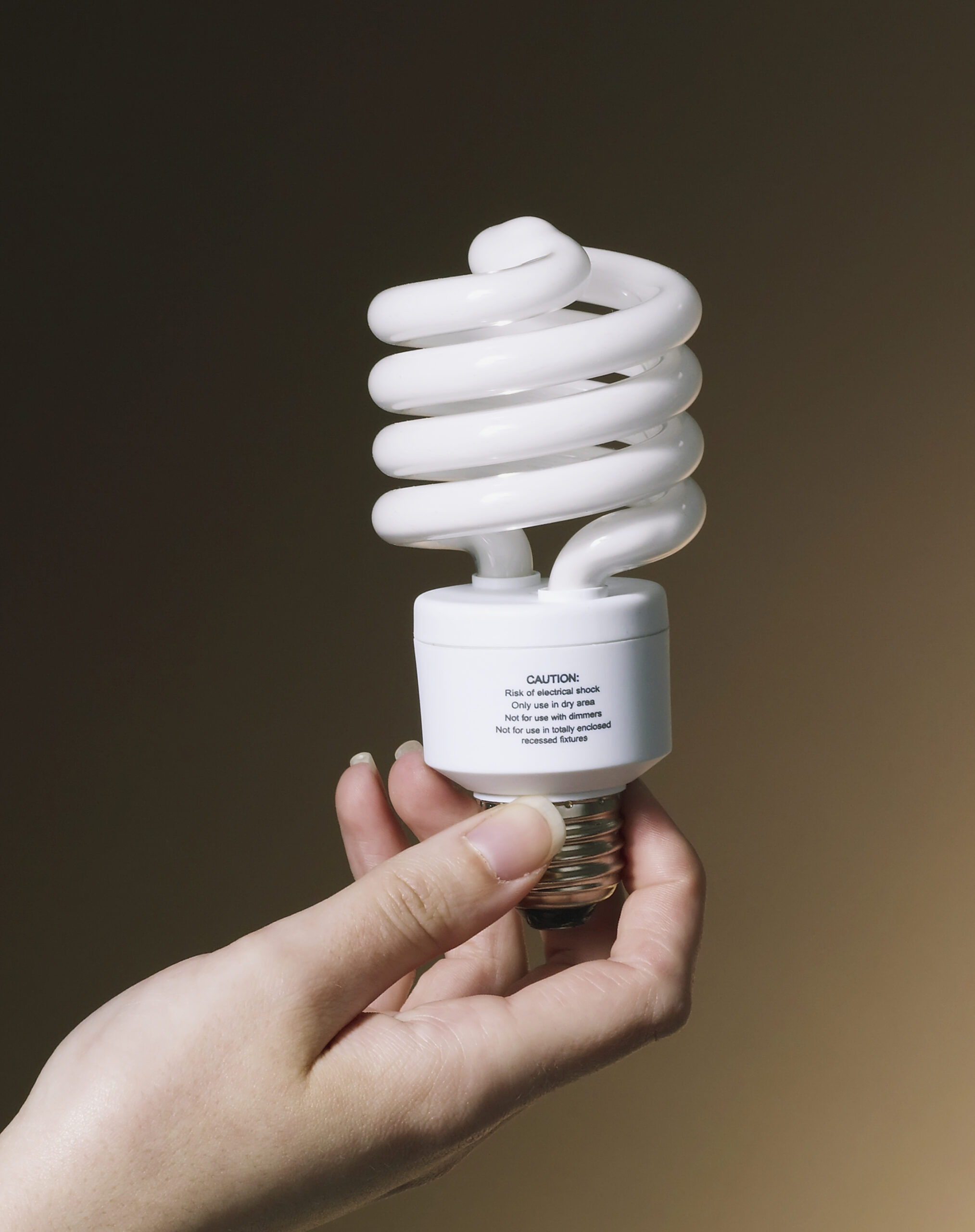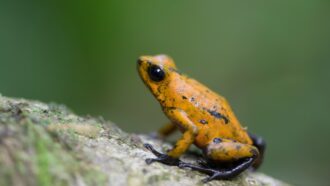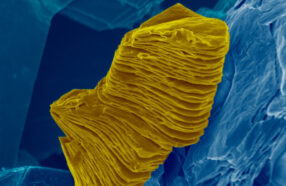atom: The basic unit of a chemical element. Atoms are made up of a dense nucleus that contains positively charged protons and uncharged neutrons. The nucleus is orbited by a cloud of negatively charged electrons.
biofluorescence: The light emitted from a living organism. This light is not produced by a chemical reaction within the organism. Instead, some tissue in the organism absorbs light (energy) at one wavelength (color). This chemically excites molecules in that tissue. To relax, they release that energy at a different, lower-energy wavelength.
birds: Warm-blooded animals with wings that first showed up during the time of the dinosaurs. Birds are jacketed in feathers and produce young from the eggs they deposit in some sort of nest. Most birds fly, but throughout history there have been the occasional species that don’t.
chemical: A substance formed from two or more atoms that unite (bond) in a fixed proportion and structure. For example, water is a chemical made when two hydrogen atoms bond to one oxygen atom. Its chemical formula is H2O. Chemical also can be an adjective to describe properties of materials that are the result of various reactions between different compounds.
electron: A negatively charged particle, usually found orbiting the outer regions of an atom; also, the carrier of electricity within solids.
fluorescent: (v. fluoresce) Adjective for something that is capable of absorbing and reemitting light. That reemitted light is known as fluorescence.
mercury: Sometimes called quicksilver, mercury is an element with the atomic number 80. At room temperature, this silvery metal is a liquid. Mercury is also very toxic.
molecule: An electrically neutral group of atoms that represents the smallest possible amount of a chemical compound. Molecules can be made of single types of atoms or of different types. For example, the oxygen in the air is made of two oxygen atoms (O2), but water is made of two hydrogen atoms and one oxygen atom (H2O).
particle: A minute amount of something.
photon: A particle representing the smallest possible amount of light or other type of electromagnetic radiation.
protein: A compound made from one or more long chains of amino acids. Proteins are an essential part of all living organisms. They form the basis of living cells, muscle and tissues; they also do the work inside of cells. Antibodies, hemoglobin and enzymes are all examples of proteins. Medicines frequently work by latching onto proteins.
ultraviolet: A portion of the light spectrum that is close to violet but invisible to the human eye.
ultraviolet light: A type of electromagnetic radiation with a wavelength from 10 nanometers to 380 nanometers. The wavelengths are shorter than that of visible light but longer than X-rays.
visible light: a type of electromagnetic radiation with wavelengths from 380 nanometers (violet) and 740 nanometers (red). Visible light has wavelengths that are shorter than infrared light, microwaves, and radio waves but longer than ultraviolet light, X-rays and gamma rays.
wavelength: The distance between one peak and the next in a series of waves, or the distance between one trough and the next. It’s also one of the “yardsticks” used to measure radiation.










